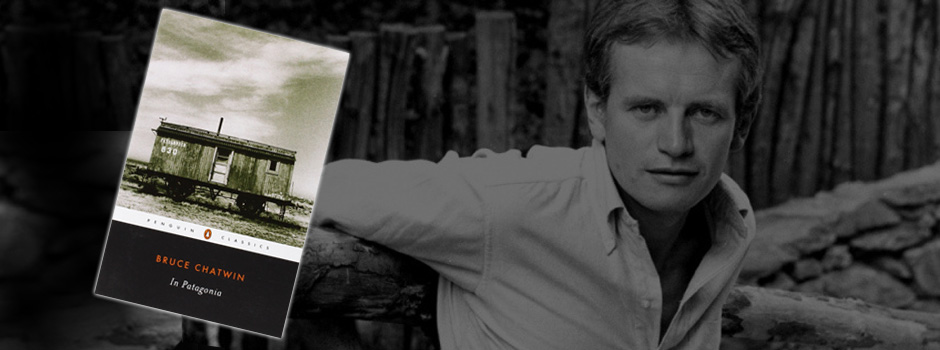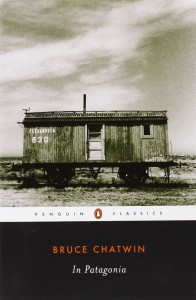
“An instant classic upon publication in 1977, In Patagonia is a masterpiece that has cast a long shadow upon the literary world.”
“Cities are invisible,” Italo Calvino has written, meaning that they exist within the mind. Each traveller will encounter a new place according to their own ideas, will find different aspects salient, and will remember different things after returning home. So for Bruce Chatwin; his Patagonia isn’t so much a place as a tapestry of common inhabitants and daring mythmakers who have lived in this southernmost region of South America. In Chatwin’s hands Patagonia comes to possess a rich, deep, deep cultural history consisting largely of madmen, dreamers, and everyday eccentrics.
Chatwin’s achievement was one of technique as well as tone, for the book is dazzlingly experimental in form. It is divided into 97 short untitled pieces, some as brief as a single paragraph and few longer than four pages. Little narrative energy is expended describing how or why Chatwin’s narrator moves between locations and encounters. People are met who tell stories or have stories told about them, almost all of which are in some way to do with wandering and nomadism.
An exhilarating look at a place that still retains the exotic mystery of a far-off, unseen land, Bruce Chatwin’s exquisite account of his journey through Patagonia teems with evocative descriptions, remarkable bits of history, and unforgettable anecdotes. Fuelled by an unmistakable lust for life and adventure and a singular gift for storytelling, Chatwin treks through “the uttermost part of the earth”— that stretch of land at the southern tip of South America, where bandits were once made welcome—in search of almost forgotten legends, the descendants of Welsh immigrants, and the log cabin built by Butch Cassidy.
Read The Quarterly Conversation’s review


